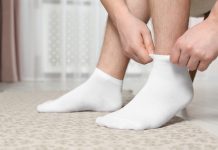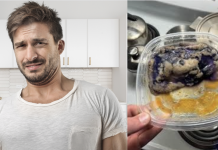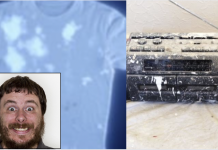
TRACEY BENDINGER | Work | CONTACT
Louise Franklin was feeling pretty good about herself as she took a big sip of water from the water bottle that’s permanently left on her desk at work. But as one bird-like coworker pointed out, Louise’s water bottle would be giving her a lot more than some good quality H2O – given it’s entering its 100th day of use without a wash.
“Do you know how much bacteria would be in that thing?” Sourly questioned Sally, the stickybeak coworker.
As our reporter was not aware of how much bacteria had chosen to make their breeding ground on Louise’s water bottle, we reached out to H2O and micro-organism expert, Douglas Waters, to gain some key insights into this nationwide pandemic.
“We’ve actually just completed a fascinating study into water bottle bacteria. Based on the 12 water bottles we tested, we found that reusable drinking containers may be crawling with an alarming number of viable bacteria cells: more than 300,000 colony-forming units per square centimeter (CFU/sqcm)”
“So, for the laymen, that means you might as well be drinking from your dog’s food bowl” Douglas said while chuckling at his own sass.
Upon learning these alarming facts, the Advocate reached out to Louise to inform her of the potentially deadly habit she’s got into, however stickybeak Sally has informed us that Louise is now in hospital with E. coli.
Waters suggested that if people want to avoid E. coli and other water-bottle-born breakouts they must simply stop drinking water, or if they must drink water, purchase a single use plastic water bottle and then discard it after one use.
More to come.










